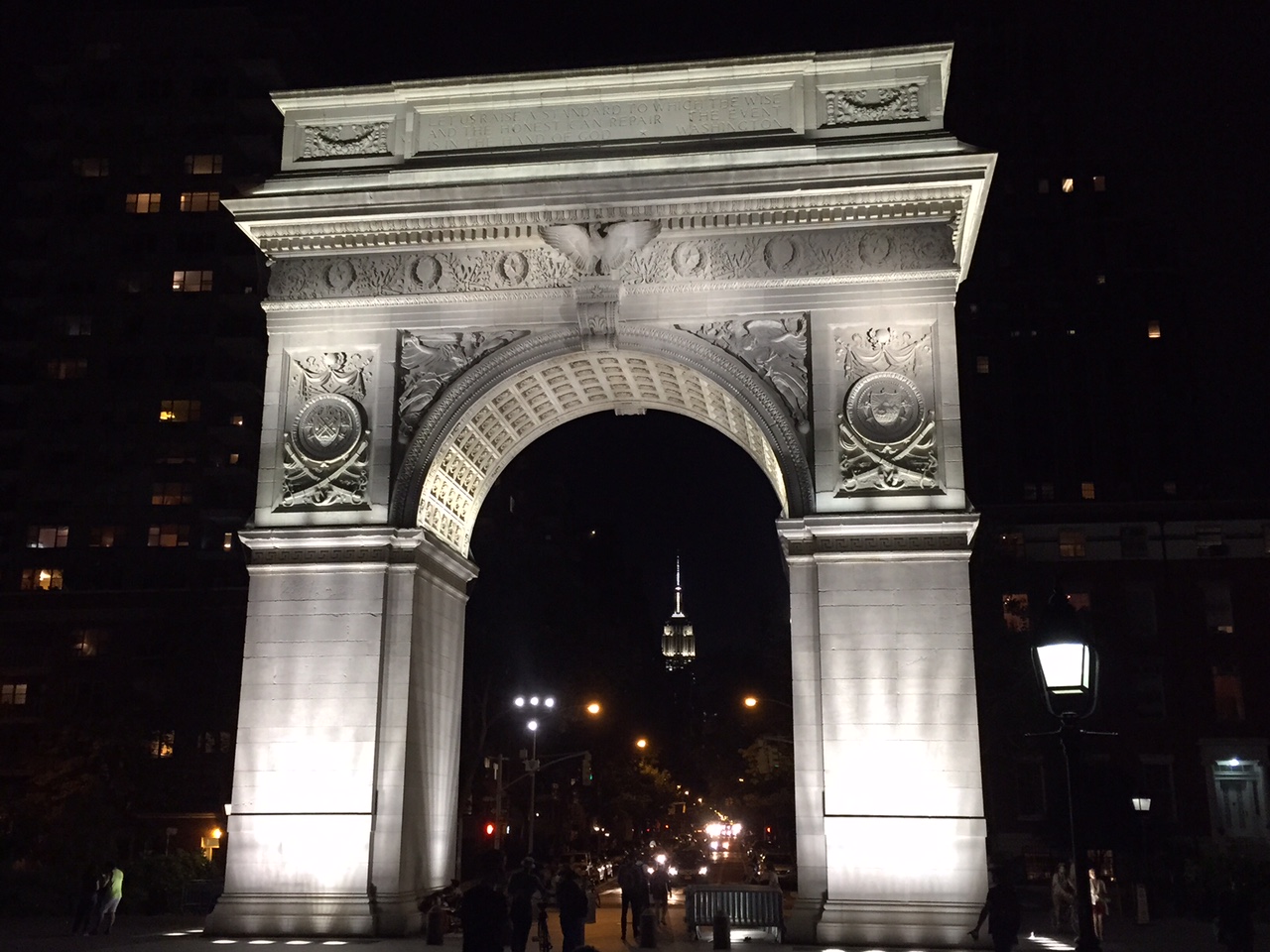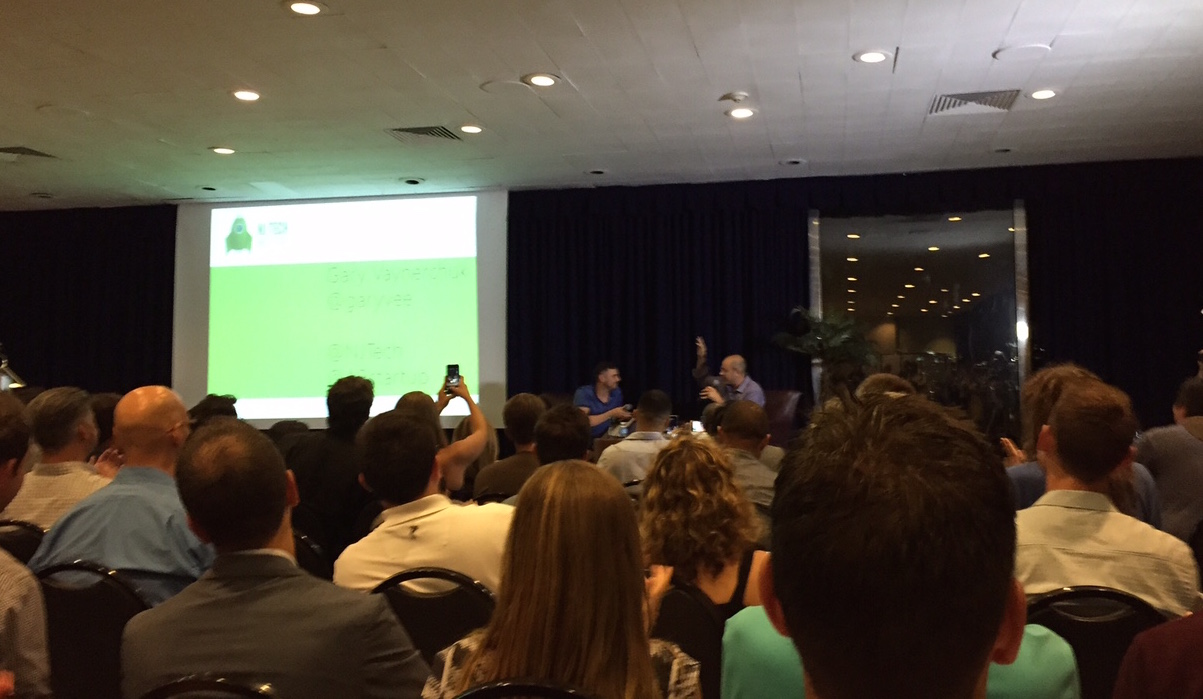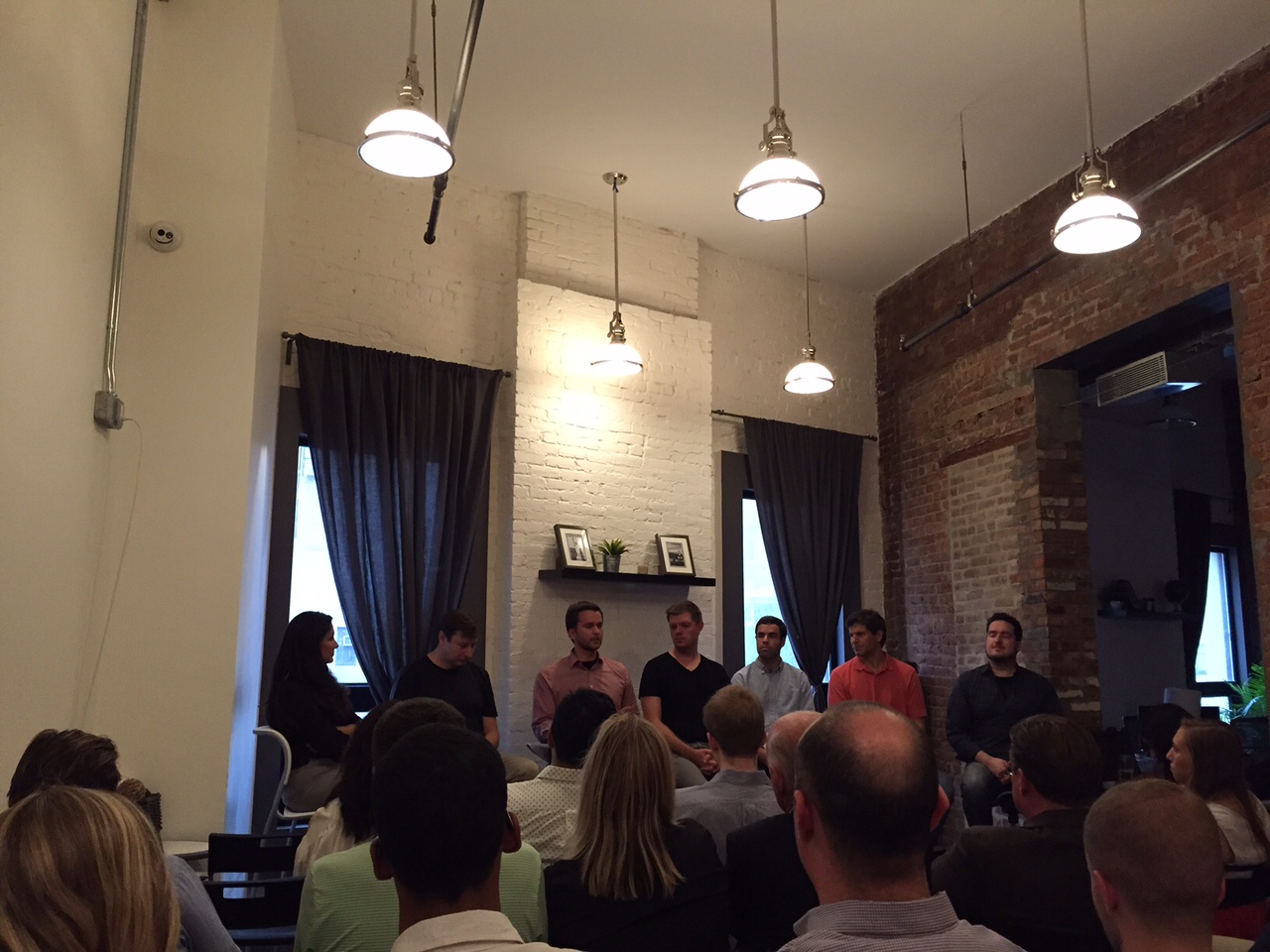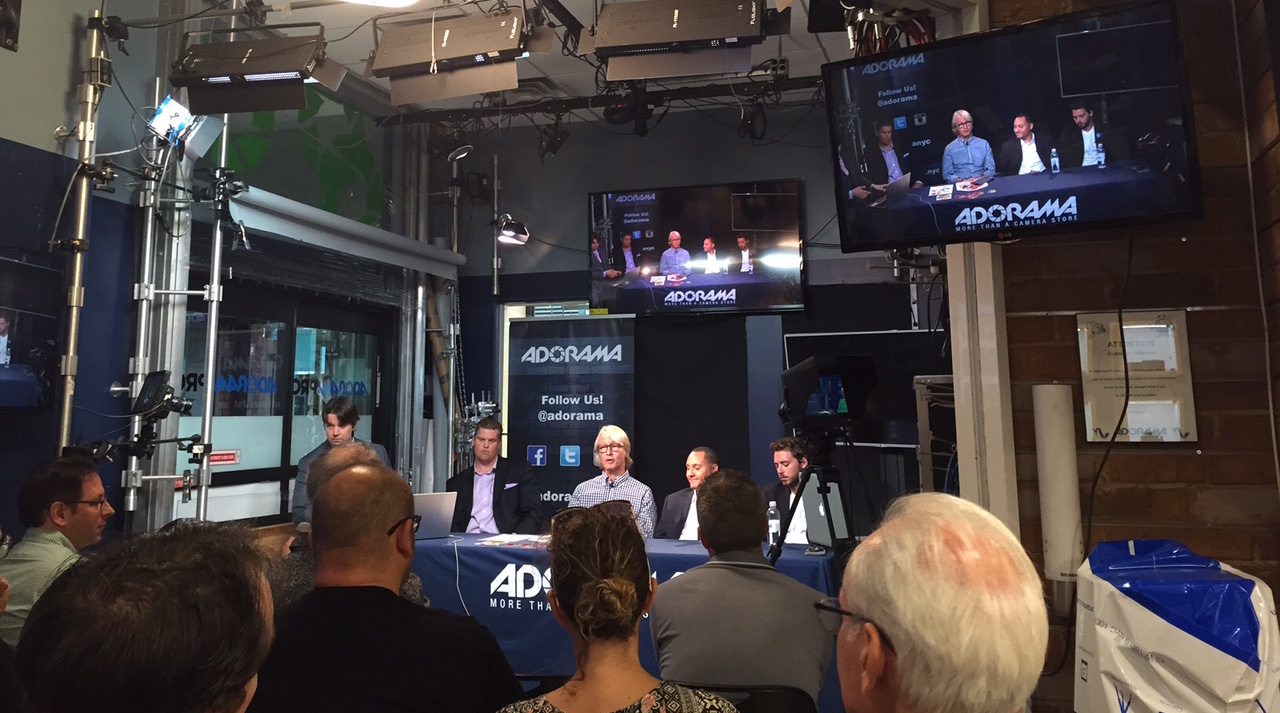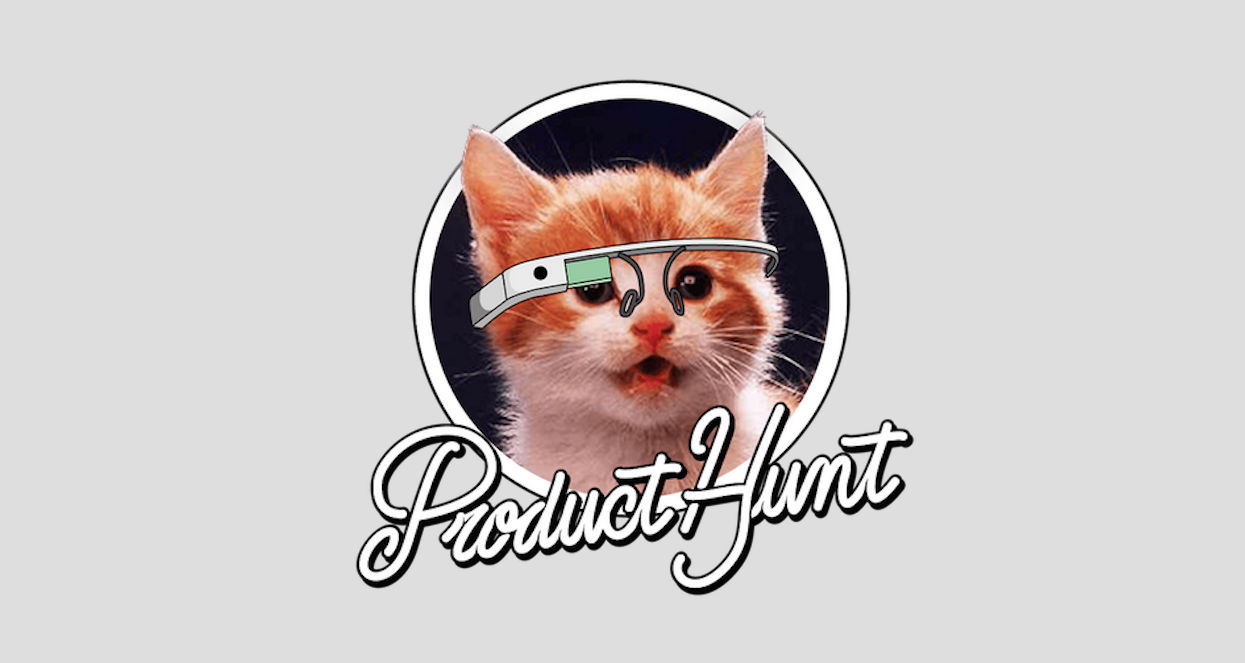Last week, the Media Lab attended the New York Tech Meetup on campus at NYU. A number of startups showcased demos of their products, with varying levels of marketing implications. The environment was an open forum and the only question that was off limits from the audience was: “what is your business model?”
There were a wide range of solutions on display including a company that turns text into digital handwriting, a URL security database for brand protection, and an app that automatically edits music videos by syncing multiple takes to the audio. As far as companies that could be potentially interesting to marketers, a couple of the presentations stood out:
- Grsp is a shopping app that allows a consumer to shop confidently by aggregating product reviews and competitive online and offline pricing. Consumers can scan a barcode, take a picture, or manually type in the name of a product in order to inform purchase decisions. As of now, Grsp is focusing on growing their scale. However, in the future, it may be possible to leverage their purchase data to re-target or conquest consumers.
- Goldbean is an investment platform that targets finance novices. They are able to recommend equity to users based on their consumption data. Goldbean offers transparency into holdings within ETFs in order to lift the veil to people who are just starting off with their investments in order to make finance less intimidating. Their trading is built on Tradekings API and once scale is achieved, they will have an impressive amount of consumption and finance data on their audience.
Overall, there were some very impressive demonstrations that had practical use cases, although not many of the presentations offered much to be leveraged by brands. Most were in the very early stages of development and will be monitored as they grow their user bases for potential partnerships.
